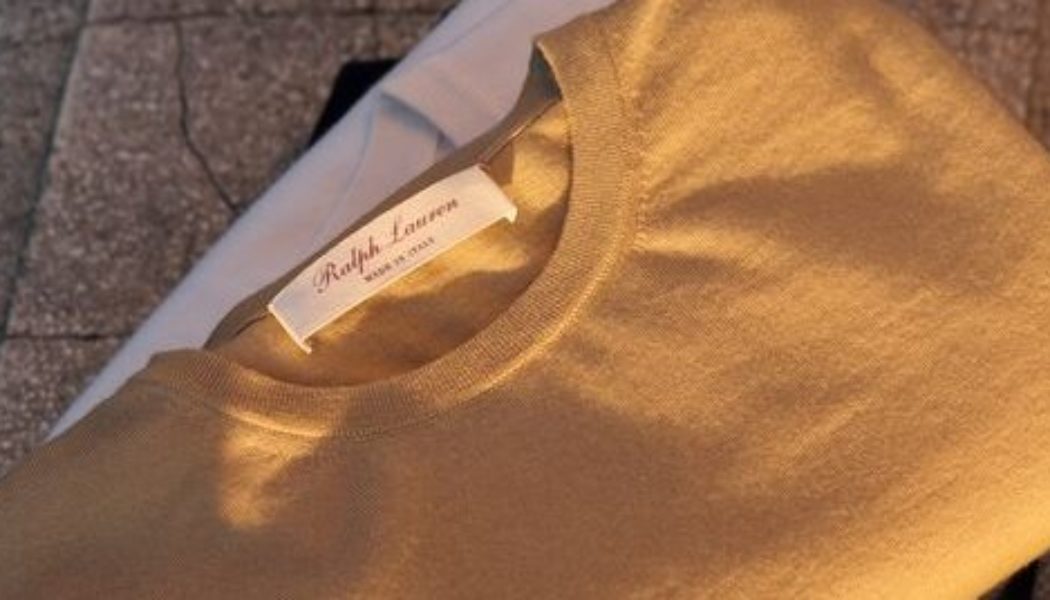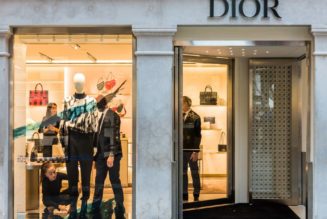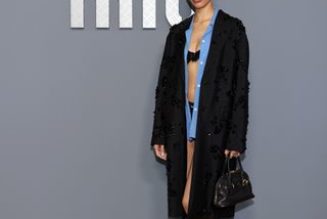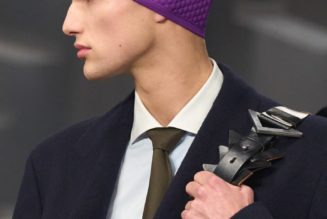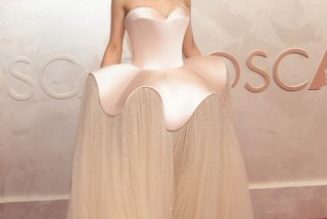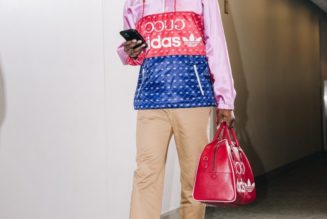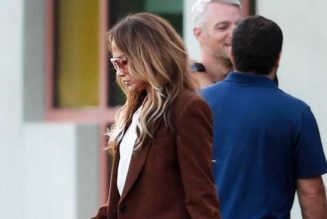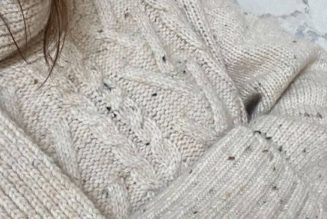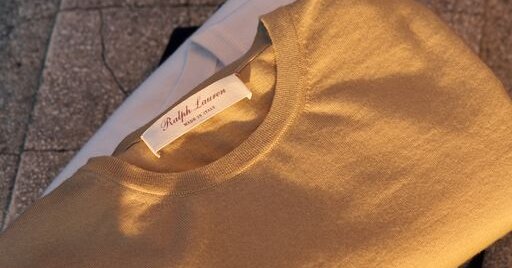
Ralph Lauren is underwriting a new recycling program as it ramps up its sustainability efforts. Will consumers use it?
What happens to a cashmere sweater that can’t be worn any longer? It probably will be thrown out, making it — and you — a contributor to fashion’s colossal waste problem.
Ralph Lauren has just unveiled an alternative option: a new cashmere recycling program. Starting Jan. 24, consumers in the United States, Britain and the European Union can request a printable, paid postage label from the Ralph Lauren website to send unwanted, 100 percent cashmere items from any brand to be recycled. Those clothes will go to Re-Verso in Tuscany, Italy, a facility that produces regenerated yarns and fabrics used by fashion companies, including Stella McCartney, Eileen Fisher and Patagonia.
While some fast fashion giants offer textile recycling, questions persist over where these clothes are going. And although luxury fashion rental and repair initiatives are ramping up, alongside the increased use of recycled materials in product lines, few luxury companies have embraced large-scale recycling efforts.
“One of the biggest overall blockers to textile recycling is that the current infrastructure for getting products back in the system is not strong, partly because mixed material products are often all bundled together,” said Claire Bergkamp, chief executive of Textile Exchange, an industry group that helps to develop fiber and materials standards that fashion and textile brands can use in efforts to reduce their overall environmental footprint.
What makes this initiative interesting, she added, is the focus on a single material collection — in this case, cashmere — and the involvement of a recycler who knows what to do with it.
“This means that there is a much higher likelihood that the cashmere here will actually be recycled into something of a high quality and value and given a new life,” she said.
The motivations driving the Ralph Lauren program aren’t completely altruistic. It is the latest installment of the company’s circularity strategy rollout, which included the unveiling of a new Cradle to Cradle, or C2C Certified, $995 Purple Label cashmere crew neck sweater in November. The certification, which is issued by the Cradle to Cradle Products Innovation Institute, uses a strict science-based methodology to assess products across five categories: material health, product circularity, clean air and climate protection, water and soil stewardship and social fairness.
Some changes will be visible to consumers. The brand’s Purple Label — the signifier of the very top tier of Ralph Lauren products since 1994 — will now have to be white, in order to comply with the dye requirements of the certification. The C2C cashmere sweater is the first of five core products that Ralph Lauren aims to be C2C certified by 2025. Across its Purple Label and Collection lines, the company added, C2C products will soon amount to roughly 20 percent of overall cashmere sales, which have grown by nearly 30 percent since the start of the pandemic. But to reach gold status, Ralph Lauren needed to find a more sustainable way for consumers to get rid of their old clothes too.
“To meet C2C gold level standards for the new cashmere sweater, there was a requirement in place that meant a program had to be in place that would enable the recycling of that product,” said Devon Leahy, the corporate head of sustainability at Ralph Lauren.
The fashion supply chain is very complicated, and the origin of most clothing is opaque. The C2C certification is significant because it means that Ralph Lauren, and its partners, can account for every step of its production, from farm to finished product. So far, only small brands like Alabama Chanin or Mother of Pearl, or extremely expensive ones (like Bamford or Loro Piana, whose cashmere sweaters retail for closer to $3000) have publicly said that they are up to such a task. Ralph Lauren, one of the biggest names in global fashion, earned annual revenues of $6.2 billion last year.
Re-Verso has been recycling “pre-consumer” cashmere, or waste material collected from garment factories, for almost a decade, but this program will be the first to be directly sourced from a brand’s consumers, explained Marco Signorini, the company’s head of marketing. Currently, Re-Verso recycles around 600 tons of cashmere a year, a figure he hopes will now rise.
At a time when more luxury brands are investing directly in — and monopolizing — suppliers, Ralph Lauren will not have exclusivity rights or ownership of any of the regenerated materials that are produced from the cashmere sourced from the program. The brand will also not be selling recycled cashmere pieces as part of its luxury collections.
To what extent customers will buy into the program, however, remains to be seen. Ultimately, without their participation, the program can’t work.
Katie Ioanilli, chief global impact and communications officer at Ralph Lauren, said the C2C certification lets consumers know the fabric “will biodegrade in a non-disruptive way. And those with old cashmere items have a new option on how they might do that responsibly and with minimal hassle. It might not be perfect. But to us, it feels like a start.”
